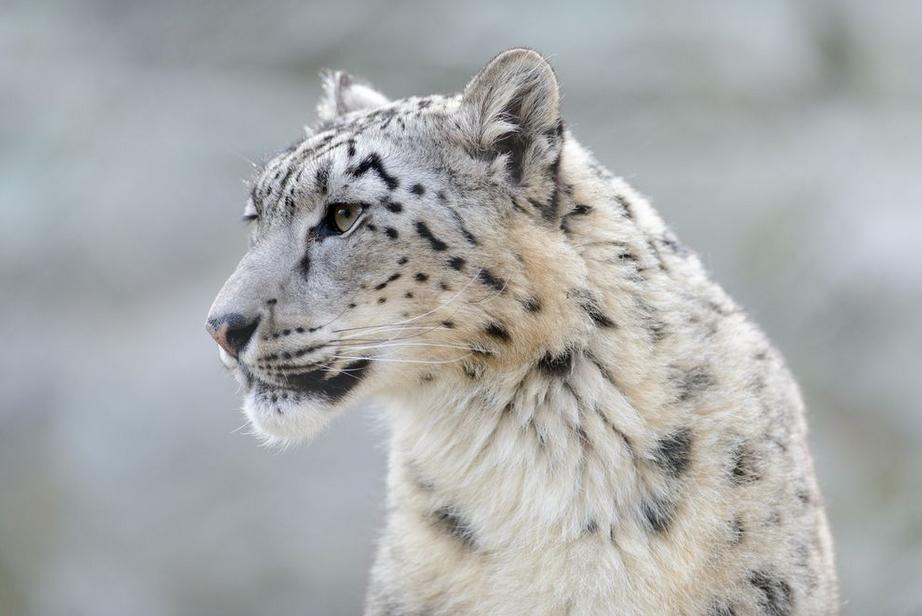Snow leopards no longer endangered, but not everyone is celebrating
It's somewhat good news for the elusive snow leopard. The International Union for the Conservation of Nature (IUCN), which assesses the conservation status of wildlife, downgraded the feline from endangered to vulnerable. The species has been listed as endangered ever since it was first assessed by the group more than two decades ago. The last time the snow leopard was assessed in 2008, there were fewer than 2,500 animals and they were experiencing a high rate of decline.
Now, there are several population estimates for snow leopards, and there are believed to be at least 4,000 of the big cats living in the Himalayans. Although the population increase is positive, there are still risks to the species.
"Thanks to new available data, the Snow Leopard (Panthera uncia) has moved from the Endangered to Vulnerable category," the IUCN said in a statement. "However, its population continues to decline and it still faces a high risk of extinction through habitat loss and degradation, declines in prey, competition with livestock, persecution, and poaching for illegal wildlife trade."
And while the animal's range has improved, there is still work to be done, the IUCN says.
"Thanks to significant investments in conservation for this species, including anti-poaching efforts, initiatives to reduce conflict with livestock, and awareness-raising programmes, conditions in parts of the Snow Leopard’s range have improved. It is essential to continue and expand conservation efforts to reverse its declining trend and prevent this iconic cat from moving even closer to extinction."
The Snow Leopard Trust, a conservation organization working to protect the species, released a statement opposing the IUCN's decision to downgrade the cat's status.
"We believe the best available science does not justify it, and that it could have serious consequences for the species," the group said. They question the scientific validity of the methodologies used to count the animal's population, as well as the areas sampled. The group is calling for IUCN to revisit the decision and keep the status as endangered.
"We do know that the threats to snow leopard survival are growing. Climate change threatens two-thirds of snow leopard habitat. Snow leopard habitats are increasingly facing mining pressures. Illegal hunting, poaching, and retaliatory killing of snow leopards are on the rise in many areas. We are most concerned about how the lower status may weaken conservation efforts in range countries and the ability of local governments to stop these threats."
For the rest of this article please go to source link below.

